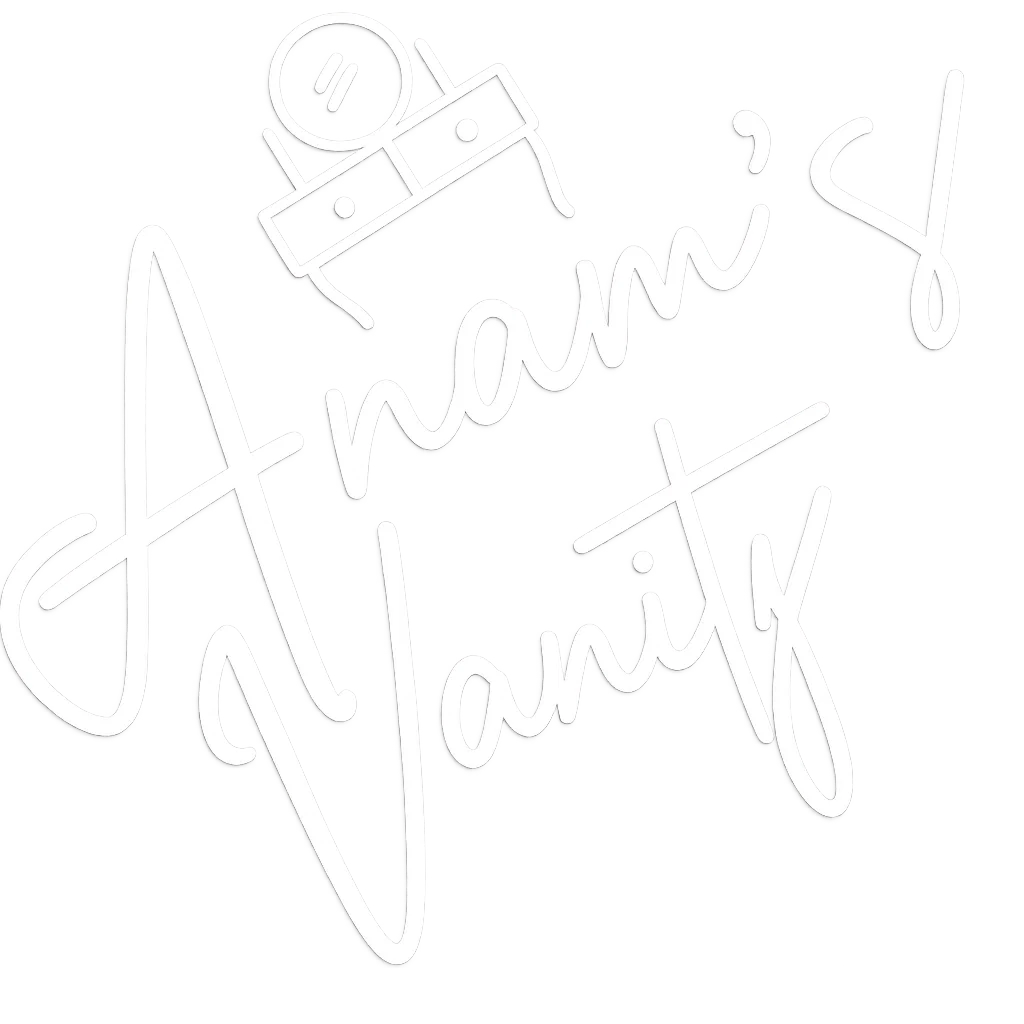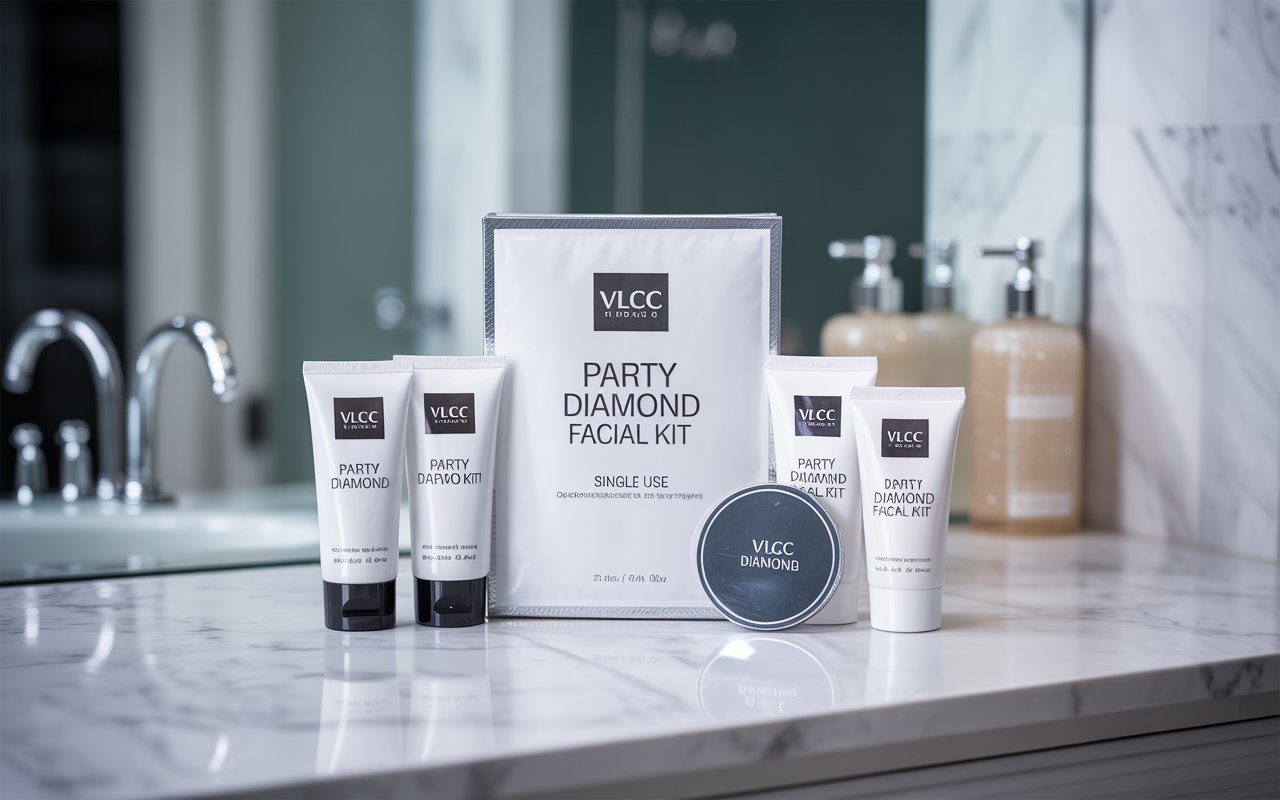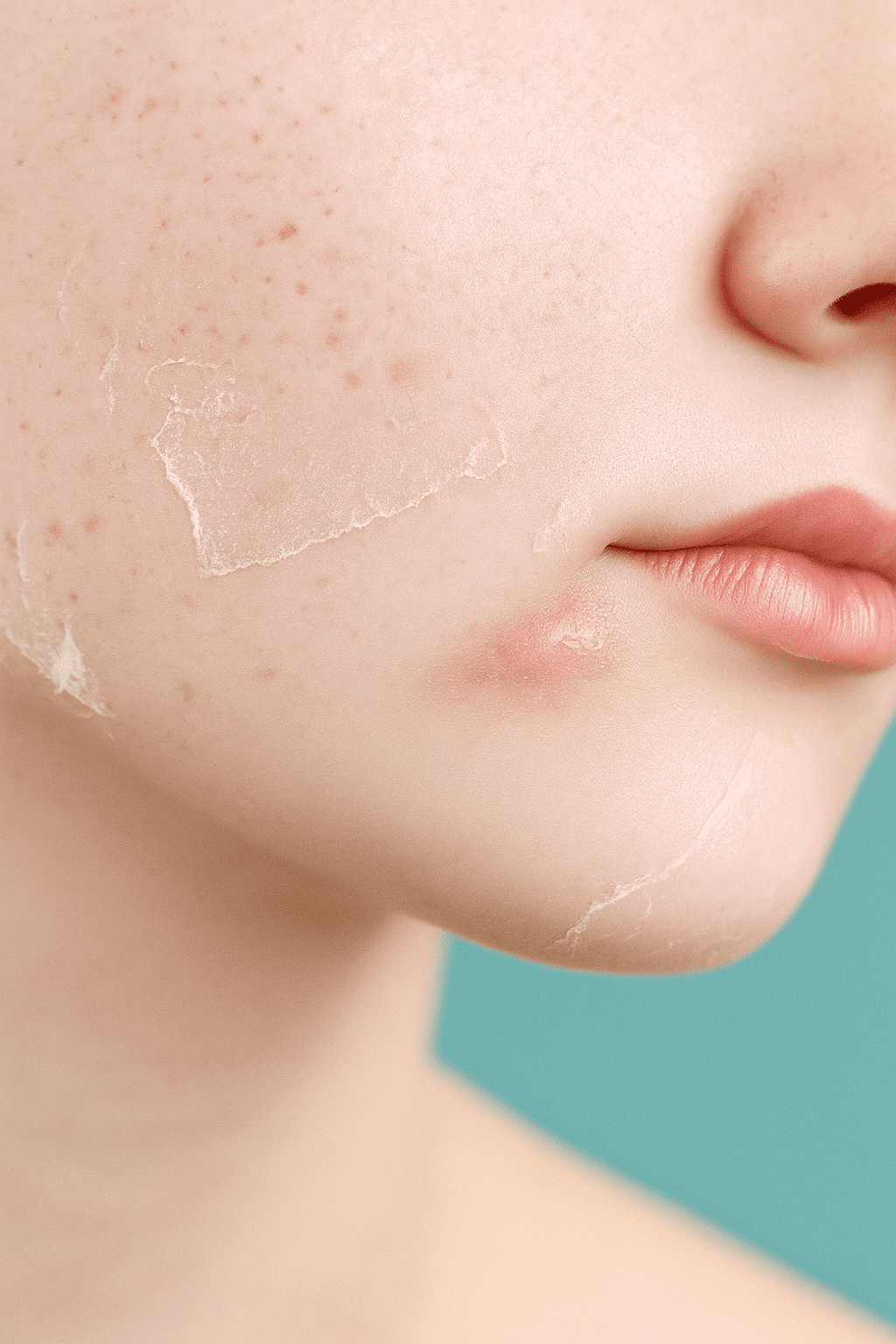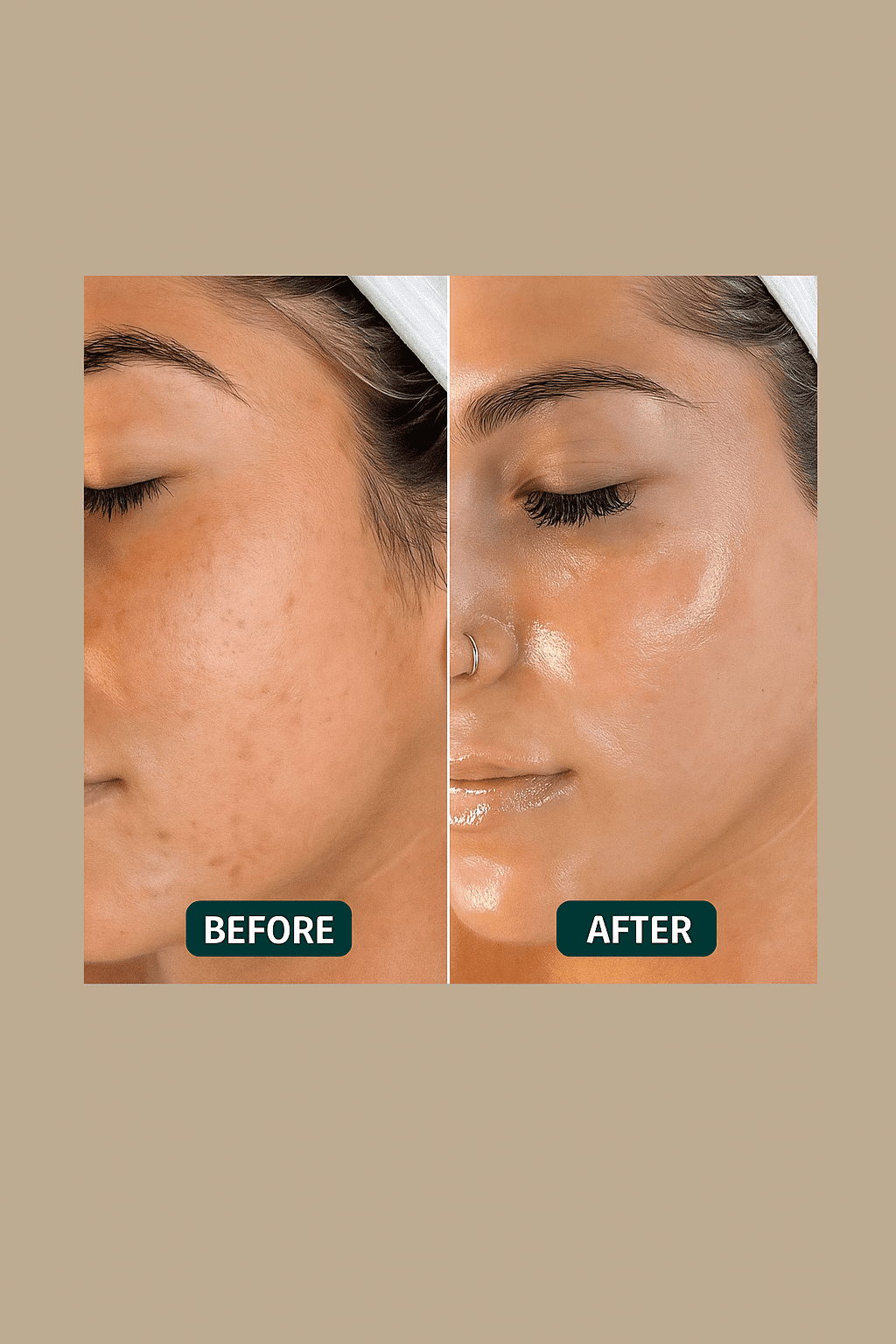You just left the salon with stunningly smooth, pin-straight hair. It feels like a dream! But then, a worry creeps in: “How do I keep it looking this perfect?” This is where Hair Care After Rebonding becomes important. Without the right routine, your rebonded hair can quickly become dry, frizzy, or even break. This is a common concern for anyone considering this treatment.
This guide, built on expert knowledge and proven experience, will walk you through the twelve most effective ways to care for your newly transformed hair.
What is hair rebonding, and how does it work?
Hair rebonding is a chemical procedure that permanently alters the natural structure of your hair. Think of your hair as being made of tiny bonds that give it its curl or wave.
The treatment uses a powerful chemical cream to break these natural bonds. Once the hair is straightened with a flat iron, a neutralizer is applied to rebuild the bonds in this new, straight position. The result is permanently straight hair until new growth comes in.
Difference Between Keratin and Rebonding:
It’s easy to confuse these, but they are very different:
- Keratin Treatment: This is a semi-permanent treatment that infuses the hair with keratin protein. It smooths out frizz and curls but does not make hair completely straight.
- Chemical Straightening (Rebonding): This is a permanent method that physically changes the hair’s internal bonds. It creates bone-straight hair that is resistant to humidity.
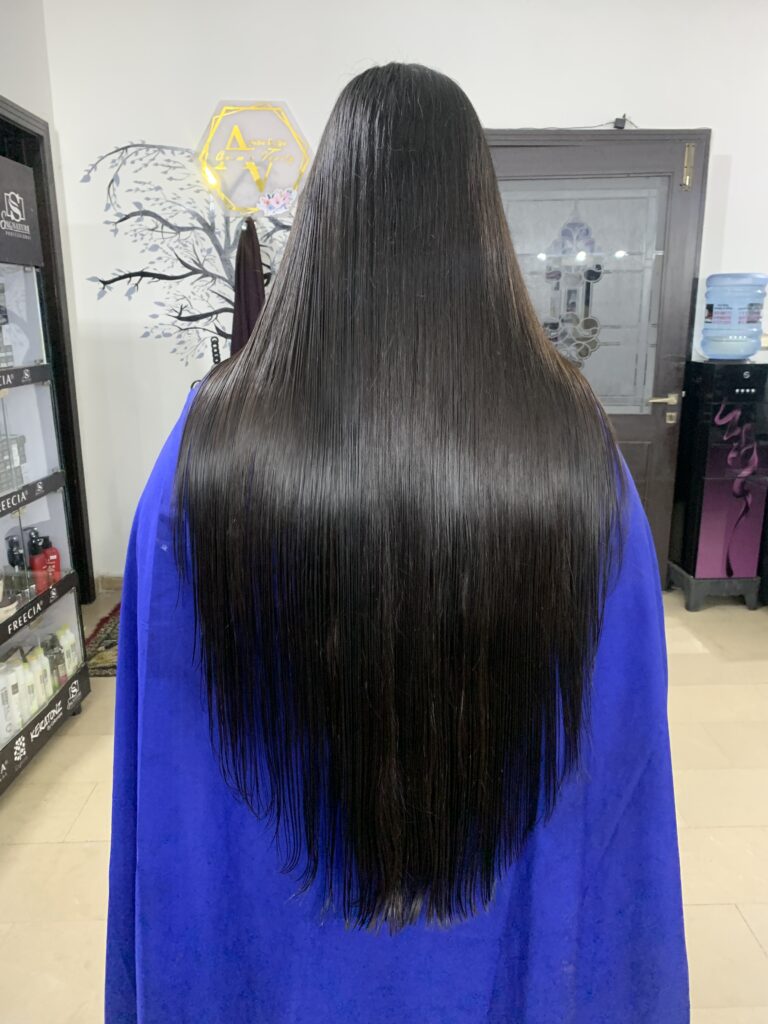
1:Hair rebonding process explained step by step
- Application of Relaxing Cream: A chemical solution is applied to your hair to soften and break its inner structure.
- Rinsing: The cream is washed off after it has done its job.
- Drying and Straightening: Your hair is thoroughly dried and then meticulously straightened using a flat iron. The heat locks the hair into its new shape.
- Neutralizing: A fixing lotion is applied to rebuild the hair’s bonds in its new, straight form. This sets the style.
- Final Rinse and Style: The neutralizer is rinsed out, and your hair is dried and styled.
Relaxing treatment vs. rebonding: Which is better?
This depends on your desired outcome and the type of hair you have.
- Relaxing: Often used on curly or coily hair textures. It relaxes the curl pattern but does not always result in completely pin-straight hair. It requires touch-ups as new hair grows.
- Rebonding: Designed to make any hair type completely straight from root to tip. It provides a more uniform, flatter result and is popular among people with wavy or frizzy hair.
Keratin Treatment Before & After: Fix Damaged Hair Fast
2:Damaged Hair After a Treatment
After a rebonding treatment, your hair goes through a significant chemical process. It’s important to know the difference between normal post-treatment feelings and signs of damage. Look for these warning signals:
- Extreme Dryness: Your hair feels rough, looks dull, and has no shine.
- Brittle Texture: Hair strands break easily when you brush or run your fingers through them.
- Split Ends: The ends of your hair are frayed, looking like a tree branch.
- Lack of Elasticity: A healthy strand stretches slightly before bouncing back. Damaged hair snaps with little pressure.
- Unmanageable Frizz: Instead of being smooth, your hair is frizzy, especially in humid weather, but still feels stiff.
- Loss of Softness: The hair does not feel silky or smooth to the touch.
3:Why Your Hair Loses Strength and Moisture
Rebonding breaks your hair’s natural bonds to straighten it, then reforms them. This process can go wrong and lead to problems.
- Chemical Over-Processing: The relaxant cream is left on for too long or applied to already treated hair. This severely weakens the protein structure of each strand.
- High Heat Damage: The flat iron used to seal the style is extremely hot. If the temperature is too high, it can literally cook the hair, causing moisture to evaporate.
- Loss of Natural Oils: The chemicals strip away your hair’s protective outer layer (the cuticle). This makes it hard for your hair to retain its natural hydrating oils.
- Protein-Moisture Imbalance: Hair needs a balance of protein for strength and moisture for flexibility. Rebonding can severely deplete both, leaving hair weak and dry.
4:Effective Ways to Mend Broken Hair
You cannot fully repair a split end once it’s there. The only real solution is to trim them off regularly. However, you can prevent more from forming and improve the hair’s health.
- Natural Remedies:
- Deep Conditioning with Oils: Use coconut oil, argan oil, or olive oil. Warm the oil and apply it from mid-lengths to ends. Leave it on for at least 30 minutes before washing. These oils help reduce protein loss in hair.
- Aloe Vera and Honey Mask: Aloe vera soothes the scalp, while honey is a natural humectant that draws moisture into the hair.
- Product-Based Solutions:
- Use a Deep Conditioning Mask: Apply an intensive hydrating mask at least once a week. Look for ingredients like shea butter, keratin, and panthenol.
- Leave-In Conditioners: Use a leave-in conditioner after every wash. It provides a protective layer that helps seal moisture in.
- Serums for Ends: Apply a smoothing serum specifically to your ends daily to protect them from friction.
5: Control Frizz and Maintain a Sleek Look
Frizz after rebonding is often a sign of dryness. The goal is to smooth the raised cuticles.
- Wash with Lukewarm Water: Hot water can further dry out your hair and raise the cuticle, causing frizz.
- Use a Microfiber Towel: Rough drying with a regular towel creates friction. Gently squeeze out water with a soft microfiber towel instead.
- Anti-Frizz Products: Apply a smoothing cream or anti-frizz serum to damp hair before styling.
- Satin or Silk Pillowcases: Sleeping on cotton can cause friction and breakage. A smooth silk or satin pillowcase allows your hair to glide easily as you sleep.
6:Restoring Your Hair’s Health and Vitality
Bringing your hair back to life requires a consistent routine focused on two things: moisture and protein.
- Clarify Gently: Use a mild, sulfate-free shampoo. Harsh sulfates strip away all moisture.
- Deep Condition Weekly: This is non-negotiable for restoring hydration.
- Seal in Moisture: After washing, apply a leave-in conditioner, followed by a few drops of oil to “seal” the cuticle and trap that moisture inside.
- Protect from Heat: Avoid using blow dryers, straighteners, and curlers. If you must, always apply a heat protectant spray first.
- Eat a Balanced Diet: Healthy hair starts from within. Ensure you eat enough protein, vitamins, and omega-3 fatty acids.
Caring for Your Rebonded Hair
Rebonding transforms your hair, but it needs special care to stay healthy and beautiful. This process can make your strands delicate. The right products will keep your new look smooth, shiny, and strong. Best ladies salon in Faisalabad near me, visit the Makeup Artist
MAKEUP | HAIR | SPA
📞 +923007664474
🗓 By Appointments
🚫 kids & Helpers are Not Allowed
📍 Faisal Garden, Canal Road, Faisalabad
7:Pick a Shampoo for Chemically Straightened Hair
Your first line of defense is a gentle cleanser. Harsh shampoos can ruin your treatment quickly.
- Always Choose Sulfate-Free: Sulfates are strong detergents that create a rich lather. They strip away essential moisture and the protective coating from your treated hair, causing frizz and dullness.
- Look For: Labels that say “smoothing,” “hydrating,” or “for chemically treated hair.”
- Pro Tip: *Wash your hair less often—aim for 2-3 times a week—to preserve natural oils
8: Conditioner Should Be Silicone-Free
While silicones make hair feel smooth instantly, they can build up on the hair shaft over time.
- This buildup blocks moisturizing ingredients from penetrating the hair.
- It can make your strands feel heavy and look dull.
- A silicone-free formula allows for genuine nourishment, keeping your hair lightweight and truly healthy.
9: Best Deep Treatments for Repairing Damage
Rebonding can weaken your hair. Weekly intensive masks are not a luxury; they are essential for repair.
| For This Issue… | Look For This Ingredient… | Product Type |
|---|---|---|
| Dryness & Lack of Shine | Argan Oil, Shea Butter | Deep Hydrating Mask |
| Brittleness & Breakage | Hydrolyzed Wheat or Soy Protein | Strengthening Protein Mask |
| Overall Damage & Frizz | Keratin, Amino Acids | Reconstructing Treatment |
Using a Leave-In Product for Lasting Softness
After washing, your hair needs a shield against daily stress.
- A good leave-in conditioner provides an extra layer of hydration.
- It detangles strands without pulling, preventing breakage.
10:Top Serums for a Perfectly Smooth Finish
For that final touch of salon-level perfection, a serum is your best friend.
- These products are designed to tame flyaways and add incredible shine.
- They often contain light oils and polymers that coat the hair without making it greasy.
Role of a Balanced pH Shampoo in Maintaining Health
Healthy hair has a slightly acidic pH, which helps the cuticle lie flat.
- Many shampoos are alkaline, which forces the cuticle open, leading to roughness and tangles.
- A shampoo labeled “pH balanced” or “acidic” helps keep the cuticle closed.
10:Care for Your Hair in the First Week After Rebonding
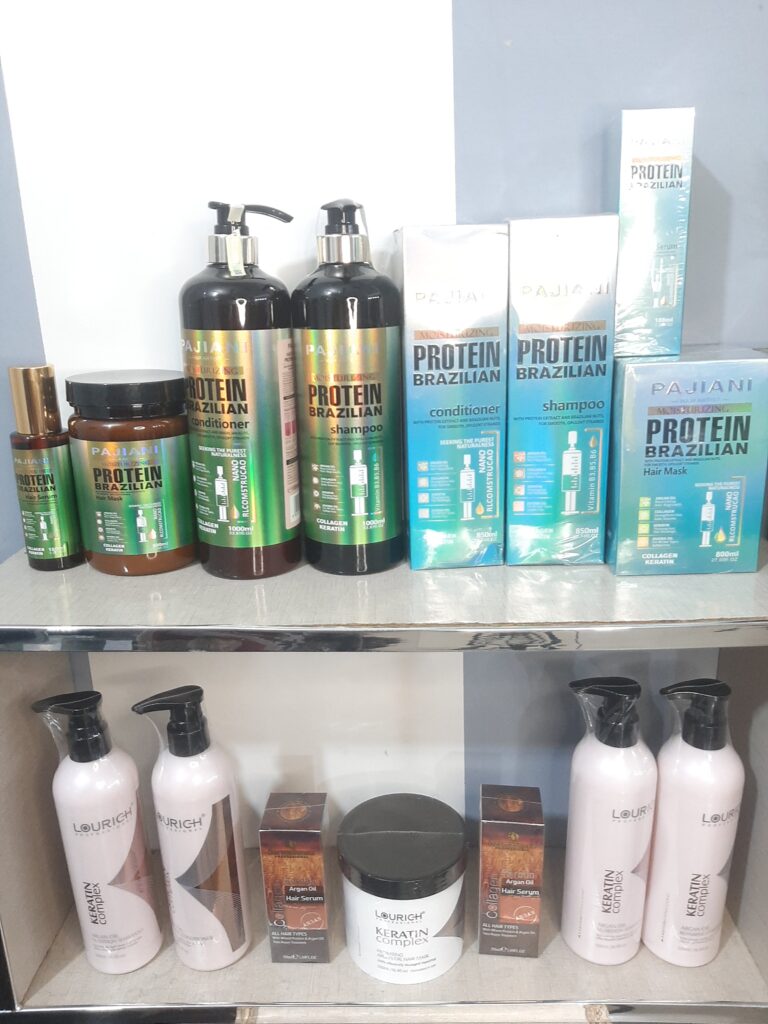
The first 72 hours are the most critical. Your hair cuticles are still settling, and the chemical bonds need time to fully set. Following these steps is non-negotiable for long-lasting results.
- Do not wash your hair for at least three days. Water can disrupt the settling process.
- Avoid tying your hair up or using clips. This can create dents and kinks in the still-sensitive strands.
- Sleep on a smooth surface like a satin pillowcase to prevent friction and frizz while you rest.
- Keep your hair straight and free. Let it fall naturally behind your shoulders.
11:Brushing and Detangling Straightened Hair the Right Way
Rough brushing is a fast way to damage your strands.
- Use the right tools: A wide-tooth comb or a paddle brush with flexible bristles is ideal.
- Start from the ends: Begin detangling the tips of your hair first. Work your way up slowly to the roots to avoid pulling and snapping your hair.
- Be extra gentle when wet: Hair is at its most fragile state when it’s wet. Always use a wide-tooth comb on damp hair.
12:Night Care Routines to Keep Your Hair Smooth
Your beauty sleep shouldn’t ruin your hairstyle. A little effort at night makes your morning routine effortless.
- Switch to a satin or silk pillowcase. These materials create less friction than cotton, so you wake up with smoother hair.
- Wear your hair loose. If you have long hair, you can loosely braid it or gather it into a low ponytail using a soft, coiled hair tie. Never use tight elastic bands.
- A simple trick: Gently sweeping your hair above your head onto the pillow before you sleep also works well.
13:Protecting Your Straight Hair from Humidity and Heat
Environmental factors and styling tools are your hair’s biggest enemies.
- Anti-humidity products are your best friend. Use a light, smoothing serum or cream to create a protective shield that locks out moisture from the air.
- Always apply a heat protectant before using any hot tools, even your blow-dryer. This is the most important step for preventing damage.
- Avoid excessive sun exposure. Just like your skin, your hair can get damaged by UV rays. Wear a hat or use hair products with UV filters when spending a long time outdoors. Managing New Hair Growth and Root Touch-Ups
- As your hair grows, the natural texture at your roots will become visible. Managing this growth is key to a seamless look.
- Plan your next treatment. It is generally recommended to wait at least 6 months before getting another procedure. This gives your hair time to recover and prevents overlapping chemicals, which can cause severe breakage.
- Use a straightening iron sparingly on the root area only when needed. Remember to use a heat protectant spray first.
- Consult your stylist. They can advise on the exact timing for a touch-up based on your hair’s growth and health, ensuring your hair remains strong.
Ways to Stop Your Hair From Getting Curly Again
To prevent your natural texture from returning too soon, avoid these common mistakes.if you want info about this topic, ” Brazilian Keratin for Curly Hair: Key Facts You Know
| What to Avoid | Why It’s Harmful |
|---|---|
| Swimming without protection | Chlorine and saltwater are very drying and can break down the chemical bonds in your hair, causing immediate frizz and curl reversion. |
| Using the wrong hair products | Products with alcohol or sulfates will dehydrate your hair, making it brittle and more likely to revert to its natural state. |
| Tying your hair too tightly | Constant tension on the same spots can create permanent bends and waves in your newly straightened hair. |
| Skipping regular trims | Split ends travel up the hair shaft, making your hair look frayed and unhealthy. |
Managing New Growth as Your Hair Gets Longer
Over time, your natural texture will grow out at the roots. Here’s how to handle it.
| Option | Best For | Key Consideration |
|---|---|---|
| Root Touch-Up Treatments | Those who want to maintain perfectly straight hair. | Requires a professional. Over-processing can cause severe damage. |
| Blow-Drying Techniques | People with slight wave who want to blend the roots. | A good round brush can smooth new growth without chemicals. |
| Styling & Accessories | Anyone looking for a low-maintenance approach. | People with a slight wave who want to blend the roots. |
faqs :
Q1. How to make rebonded hair last longer?
Avoid frequent washing, use mild shampoo, and protect your hair from heat and sun exposure.
Q2. Which oil is best for rebonded hair?
Light oils like argan, almond, or coconut oil work well as they nourish without making hair heavy.
Q3. How many months does rebonded hair last?
On average, results last 6–8 months, depending on hair type and care routine.
Q4. How to protect hair after rebonding?
Use sulfate-free products, avoid tight hairstyles, and cover your hair when going out in the sun.
Q5. Is Creamsilk good for rebonded hair?
Yes, some variants of Creamsilk conditioners provide softness and reduce frizz, but choose one for treated hair.
Q6. How to regrow hair after rebonding?
Eat a balanced diet, massage your scalp regularly, and trim split ends to encourage healthy growth.
Q7. How to avoid dry hair after rebond?
Use leave-in conditioner, apply hair serum, and deep-condition your hair once a week.
Q8. Which hair mask is best after rebonding?
A mask with keratin, shea butter, or aloe vera helps restore moisture and strength.
Q9. Does rebond damage hair?
Yes, the process uses chemicals and heat, which can weaken hair if not cared for properly.
Q10. Can I wash my rebonded hair after 2 days?
It’s best to wait at least 3 days before washing so the treatment sets properly.
Q11. Can I use hair serum after rebonding?
Yes, a lightweight serum helps control frizz and adds shine without harming the treatment.
Q12. How to add volume to rebonded hair?
Blow-dry with a round brush at low heat or use volumizing sprays made for treated hair.
Q13. How to take care of rebonded hair when sleeping?
Sleep on a silk pillowcase and loosely tie your hair to avoid tangles and breakage.
concluation
Taking care of your hair after a rebonding treatment is very important if you want the smooth look to last. Top-rated beauty salon in Canal Road. By following the 13 best tips for Hair Care After Rebonding, you can keep your hair healthy, shiny, and straight for a longer time. Simple habits like using mild shampoo, protecting your hair while sleeping, and applying the right oils make a big difference. With the right care, your rebonded hair will stay beautiful and manageable for months.
